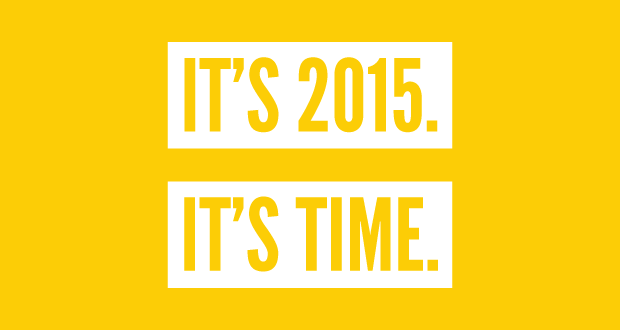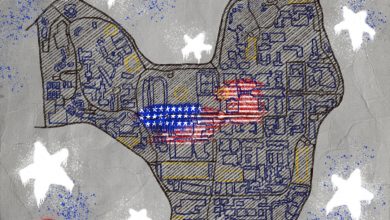A Short History of the Pay Gap

Last week, President Obama delivered the annual State of the Union address. While 2014 proved to be a big year in feminism, Obama advanced 2015 by challenging the gender wage gap. He endorsed the equal payment of women and men, saying “It’s 2015. It’s time.”
In honor of Obama’s State of the Union Address, let’s look back on the origins, regress, and progress of the pay gap through time:
1930s- Although women received the right to vote in 1919, they were still far from obtaining full civil rights. In the 1930s, the United States federal government required that female employees be paid 25% less than male employees.
1950s- Married women begin to enter the labor force more prominently than before. Still, this caused little change in the wage gap.
1963- John F. Kennedy signs The Equal Pay Act of 1963 into law. The law forbids wage discrimination for men and women who work with jobs of equal skill under similar working conditions.
1969- President Lyndon B. Johnson issues an executive order for all establishments to provide equal employment opportunities to men and women.
1970s- The ratio of women’s to men’s pay saw a significant increase, most likely due to the rise in women with children entering the workforce.
1980s- The decade experienced the most rapid rate of reduction in the wage gap, resulting from the increase in women graduating college, obtaining professional degrees, and entering higher-paying fields.
1984– bell hooks points out that single women and working-class women are ignored in Betty Friedan’s book The Feminine Mystique. hooks mentions that Friedan cites only the struggles of white, upper/middle class women to obtain the jobs of men. By picking at this flaw, hooks opened up conversation about the lack of intersectional feminism in the gender wage gap issue.
1990- The ratio of women’s median pay to men’s median pay reaches a then-historical high at 70 percent.
2009- The Lily Ledbetter Act reinforces practices of equality set forth by the Civil Rights Act of 1964. It also declares that the 180-day statute of limitations resets with each discriminatory paycheck.
2015- Currently, the wage gap stands at 81 cents per dollar. However, for minority women, the pay gap is even wider. African American women are paid 78 cents per dollar, while Latino women earn 68 cents per dollar. The disparity in minority women’s payments highlights the need for an intersectional feminist movement. Additionally, potential 2016 presidential candidate Hillary Clinton is incorporating the issue of the wage gap in her political platform.
With a month into 2015, the focus on the wage gap is astounding. Finally, people with power are acknowledging the inequality between a man’s and a woman’s income. Still, there lies obstacles to uprooting the problem; however, the recognition of the issue in 2015 this far suggests momentum for women everywhere.




